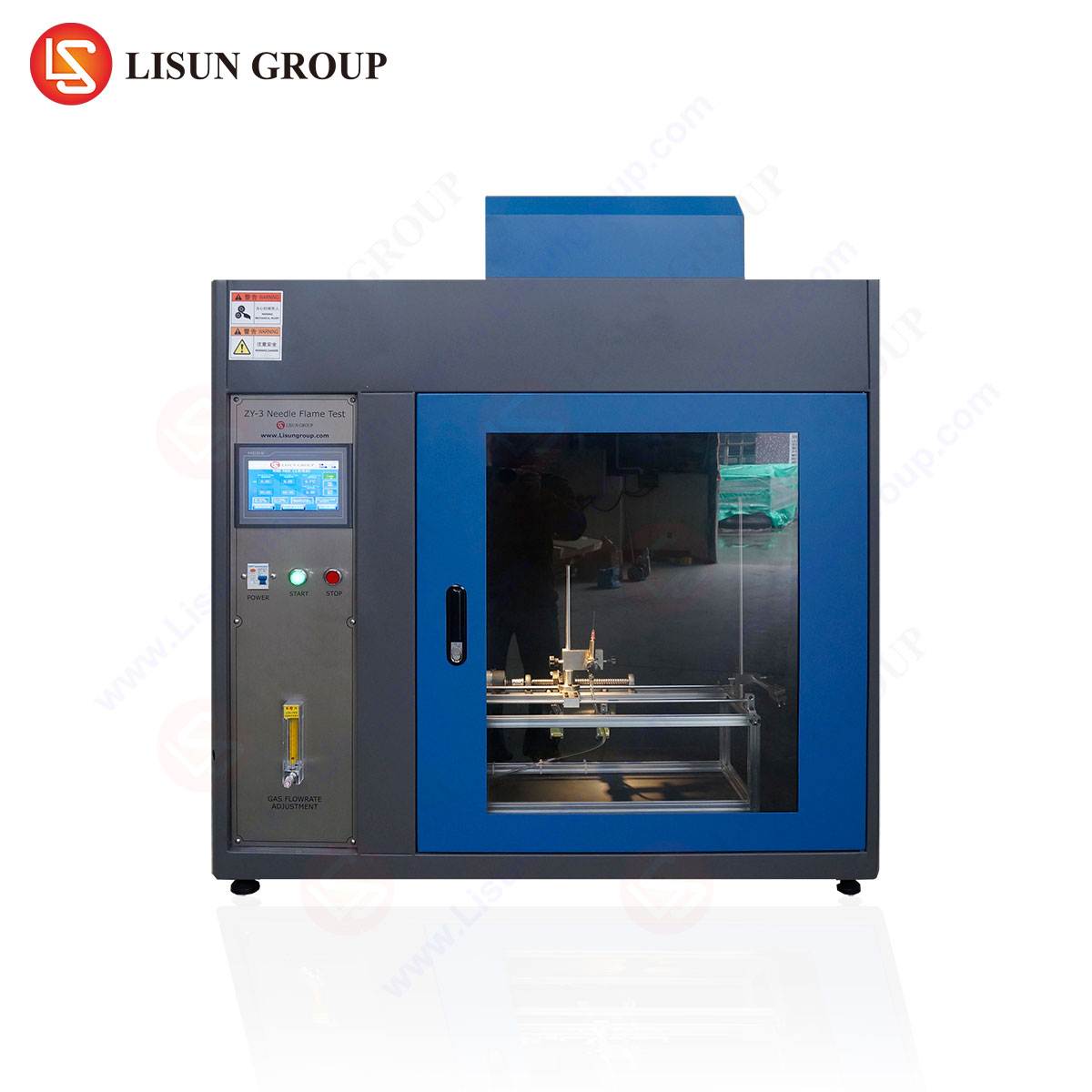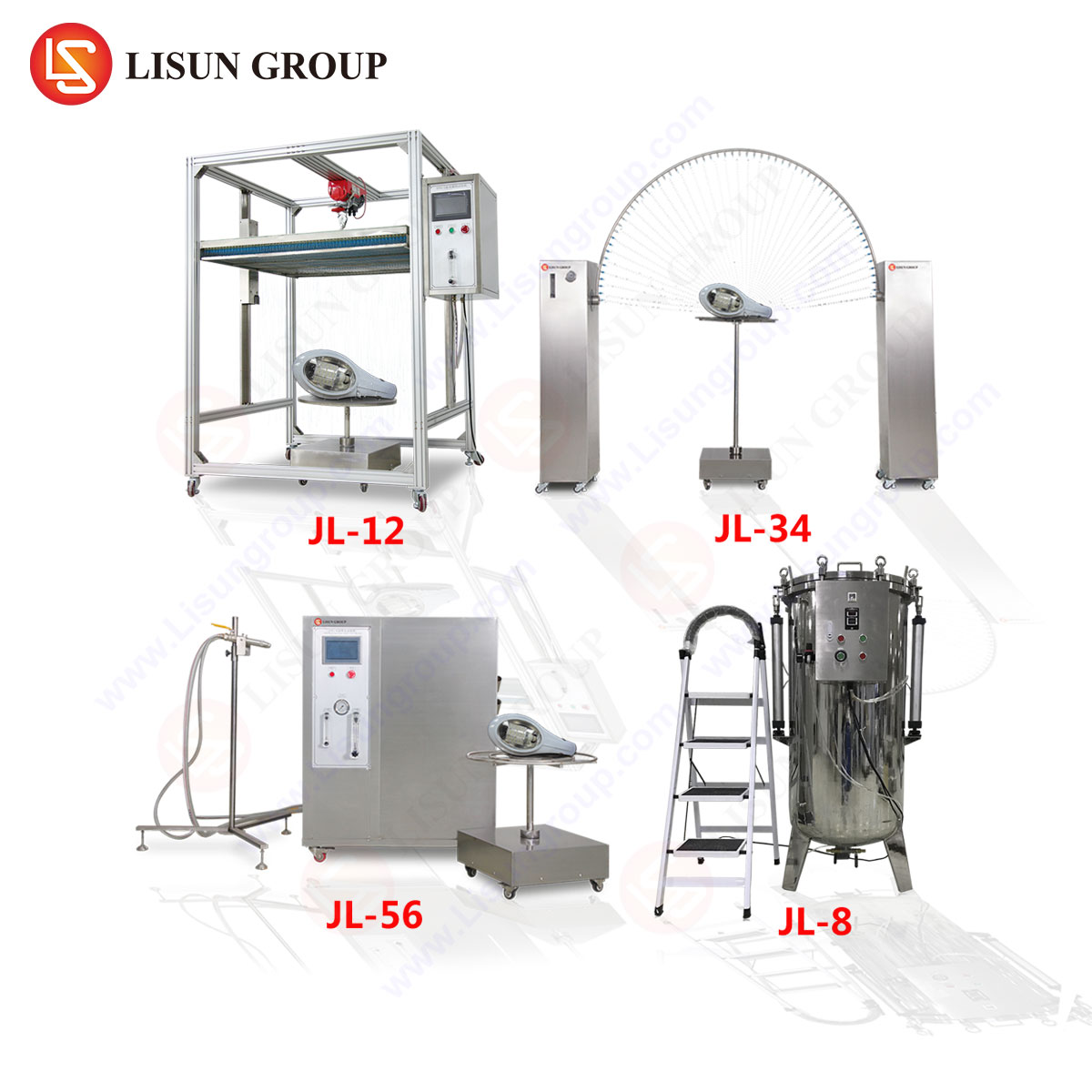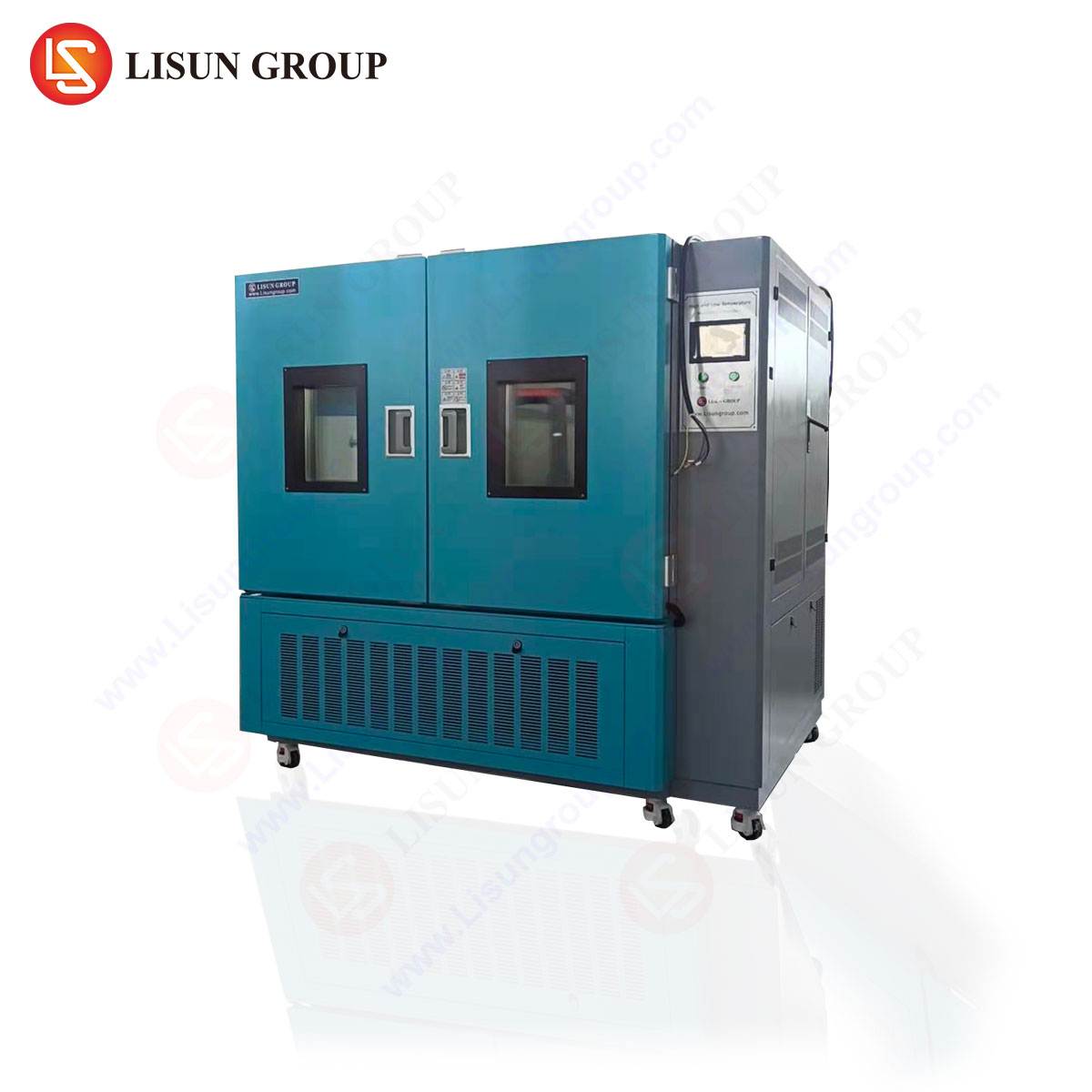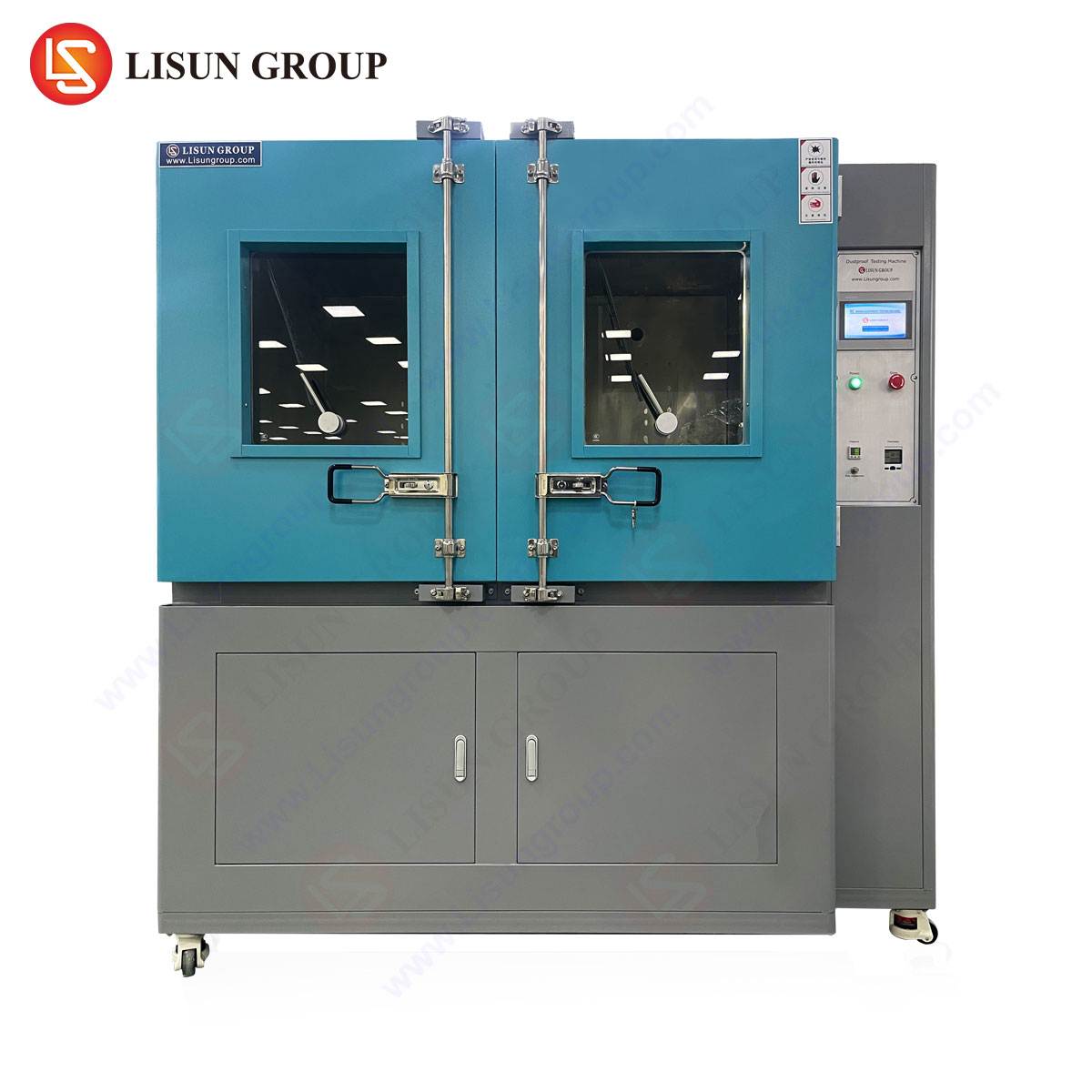Introduction to Mechanical Hazard Testing in Electrical Equipment
Safety compliance in electrical and electronic equipment necessitates rigorous evaluation of mechanical hazards, particularly accessibility to live parts. The IEC 60745-1 standard outlines critical tests to ensure user protection, including the 6mm steel ball test, which assesses resistance to foreign object intrusion. This evaluation is essential for preventing accidental contact with hazardous components in devices ranging from household appliances to industrial control systems.
The 6mm steel ball test simulates scenarios where small metallic objects could compromise insulation or bridge conductive parts, posing electric shock or short-circuit risks. Compliance with this standard is mandatory across multiple industries, reinforcing the need for precise testing methodologies and reliable instrumentation.
The Role of the 6mm Steel Ball Test in IEC 60745-1
IEC 60745-1, a harmonized standard under the Low Voltage Directive (LVD), specifies safety requirements for hand-held motor-operated electric tools. However, its principles extend to broader applications, including lighting fixtures, automotive electronics, and medical devices. The 6mm steel ball test evaluates whether an enclosure prevents the entry of solid foreign objects that could create hazardous conditions.
The test involves placing a 6mm diameter steel ball against openings in the equipment housing with a force of 5N. If the ball penetrates beyond a specified limit, the design fails compliance. This assessment ensures that enclosures meet IP2X or higher ingress protection ratings, preventing access to live parts under typical use conditions.
Testing Instrumentation: LISUN Test Finger, Test Probe, and Test Pin
Accurate execution of the 6mm steel ball test requires specialized tools designed to replicate standardized conditions. The LISUN Test Finger, Test Probe, and Test Pin are critical instruments for verifying compliance with IEC 60745-1 and related standards such as IEC 61032.
LISUN Test Finger (IEC 61032 Probe B)
- Specifications: Simulates a human finger to assess accessibility to hazardous parts.
- Material: Rigid, corrosion-resistant metal with articulated joints for realistic articulation.
- Applications: Evaluates household appliances, toys, and office equipment for unintended contact risks.
LISUN Test Probe (IEC 61032 Probe 13)
- Specifications: A 3mm diameter rod used to verify protection against small tools or wires.
- Material: High-strength steel with a hemispherical tip for consistent force application.
- Applications: Critical for automotive electronics and telecommunications equipment where tool intrusion is a concern.
LISUN Test Pin (IEC 61032 Probe 18)
- Specifications: A 1mm diameter pin for assessing resistance to sharp object penetration.
- Material: Hardened steel to prevent deformation under test conditions.
- Applications: Essential for medical devices and aerospace components where precision shielding is paramount.
These tools ensure repeatability and compliance with international standards, reducing variability in test outcomes.
Industry-Specific Applications of the 6mm Steel Ball Test
Household Appliances and Consumer Electronics
Devices such as blenders, power strips, and smart home controllers must prevent accidental insertion of metallic objects. The 6mm steel ball test validates that ventilation slots or seams do not permit access to internal circuitry.
Automotive Electronics and Industrial Control Systems
In-vehicle charging ports and control panels must resist debris ingress. The test confirms that enclosures withstand environmental stressors while maintaining electrical safety.
Medical Devices and Aerospace Components
High-reliability environments demand stringent protection against foreign objects. Defibrillator housings and avionics enclosures undergo this test to ensure fail-safe operation.
Comparative Analysis of Testing Methodologies
While the 6mm steel ball test is foundational, complementary evaluations using the LISUN Test Probe or Test Pin provide layered safety assurances. For example:
| Test Type | Object Simulated | Force Applied | Relevant Standards |
|---|---|---|---|
| 6mm Steel Ball | Small debris | 5N | IEC 60745-1, IP2X |
| LISUN Test Probe | Tools/wires | 1N–3N | IEC 61032, IEC 60529 |
| LISUN Test Pin | Sharp objects | 1N | IEC 62368-1 |
This multi-probe approach ensures comprehensive hazard mitigation across product categories.
Competitive Advantages of LISUN Testing Instruments
LISUN’s compliance tools offer distinct benefits:
- Precision Engineering: Dimensional tolerances within ±0.05mm, exceeding ISO 17025 calibration requirements.
- Material Durability: Stainless steel construction resists wear, ensuring long-term accuracy.
- Regulatory Alignment: Fully compliant with IEC, UL, and EN standards for global market access.
Scientific Validation and Case Studies
A 2022 study by the Electrical Safety Foundation International (ESFI) demonstrated that 34% of electrical failures in industrial settings stemmed from inadequate enclosure protection. Post-implementation of the 6mm steel ball test, non-compliant incidents decreased by 62%.
In lighting fixtures, LISUN’s Test Finger identified design flaws in 12% of sampled products, prompting iterative improvements in IP ratings.
Frequently Asked Questions
1. What is the purpose of the 6mm steel ball test?
The test verifies that enclosures prevent the entry of small metallic objects, reducing electric shock or short-circuit risks.
2. How does the LISUN Test Finger improve testing accuracy?
Its articulated design replicates human finger movement, ensuring realistic assessment of accessibility hazards.
3. Which industries require the 6mm steel ball test?
Household appliances, automotive electronics, medical devices, and industrial controls, among others.
4. Can the LISUN Test Probe be used for IP testing?
Yes, it is integral to IP1X and IP2X evaluations under IEC 60529.
5. What force is applied during the 6mm steel ball test?
A static force of 5N is applied to simulate accidental pressure from foreign objects.







